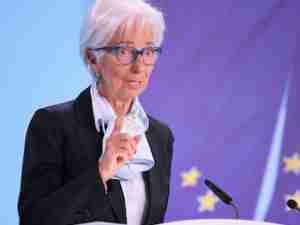Manufacturing in U.S. Contracted in January for a Fourth Month
By: Shobhana Chandra | Feb 01 2016 at 10:00 AM | International Trade
Manufacturing in the U.S. shrank in January for a fourth consecutive month as businesses cut staffing plans. Growth resumed in new orders and production, indicating some stabilization in the industry.
The 48.2 reading for the Institute for Supply Management’s index followed December’s 48 level that was the weakest since June 2009, data from the Tempe, Arizona-based group showed Monday. The results were lower than the 48.4 median forecast in a Bloomberg survey of 79 economists. Levels less than 50 for the gauge indicate contraction.
Factories are buffeted by persistent weakness in the oil industry, the stronger dollar and cooling overseas markets that also limited growth last quarter. The report showed the gauge of new orders, a leading signal for production, grew for the first time in three months, which would help manufacturing eventually strengthen.
“Manufacturing is the weakest part of the economy,” Brian Jones, a senior U.S. economist at Societe Generale in New York, said before the report. “It’s to do with what’s going on in the petroleum sector, and sluggish overseas demand. The stronger dollar is also hurting manufacturers. We’re hoping things have bottomed out, but it’s only a hope at this point.”
Economists’ estimates in the Bloomberg survey ranged from 47 to 50.5.
The new orders gauge rose to 51.5, the strongest since August, from 48.8. A measure of production climbed to 50.2, the first expansion in three months, from 49.9.
The factory employment index dropped to 45.9, the weakest since June 2009, from the prior month’s 48.
Fewer Exports
The measure of export orders dropped to a four-month low of 47 last month from 51.
The gauge of factory inventories held at 43.5, while customer stockpiles stayed at 51.5. The index for supplier deliveries was little changed at 50 after 49.8.
The report also showed the index of prices paid were the same as the previous month’s reading of 33.5, which was the lowest since April 2009. The prices measure has been contracting since November 2014.
Manufacturing’s struggles at the start of 2016 are an extension of late-2015 weakness, when sluggish capital spending, bloated stockpiles and a decline in exports damped U.S. growth.
The economy expanded at a 0.7 percent annualized rate in the final three months of last year, Commerce Department data showed last week. Consumer spending moderated to a 2.2 percent pace, while business investment fell at a 1.8 percent rate, the first drop since the third quarter of 2012.

